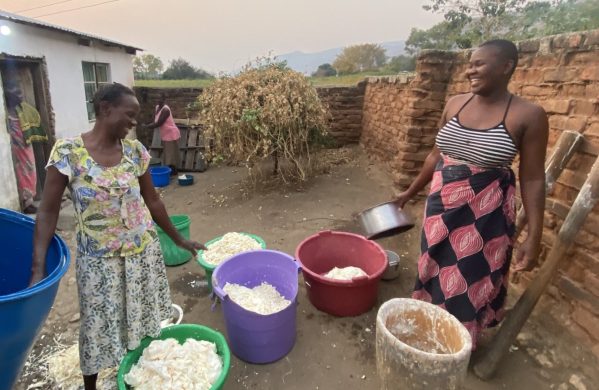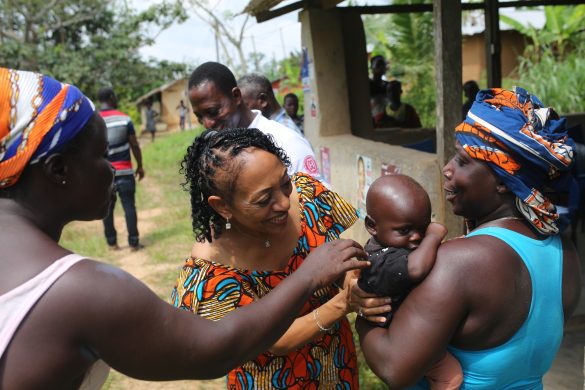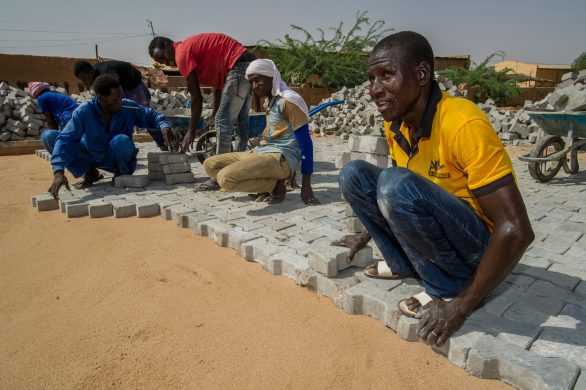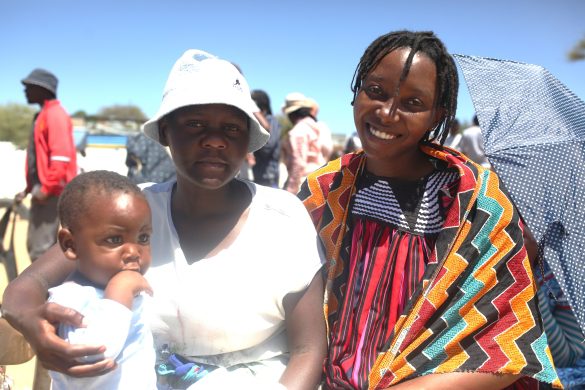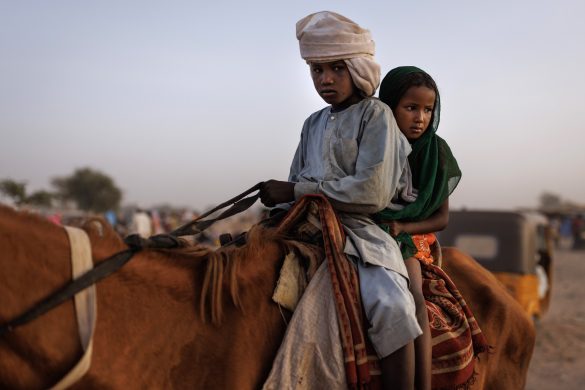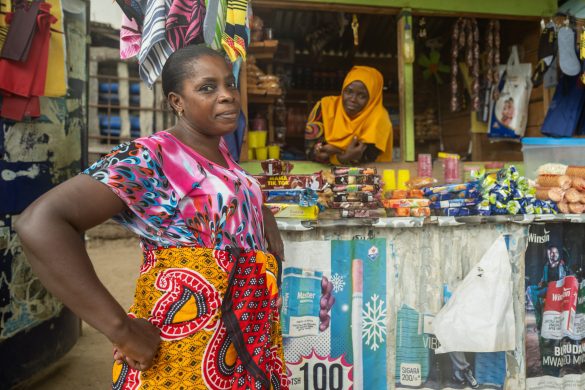Verdensbanken bevilgede tirdag et blødt lån på 35 millioner US dollar til et sundhedsprojekt for Yemens kvinder og børn.
Målet er at nedbringe børnedødeligheden, oplyser bankens hjemmeside.
WASHINGTON, 22 February 2011: Around a million women and children in the poorest rural and urban slum areas of Yemen will be the first priority of a World Bank-supported effort to decrease child mortality and increase the well being of mothers.
Many of these women and children have not before been reached by any health services.
The 35 million dollar Yemen Health and Population Project was approved by the Board of Directors of the World Bank Tuesday. It is designed to deliver maternal, neonatal, and child health services to those districts in Yemen where there are high concentrations of poor health indicators.
In the first phase these include districts in the governorates of Sana’a, Ibb, Reimah, Al Dahla’a, Al Baydah, and urban slums in Aden before the services roll out to additional rural governorates.
“This project is all about reaching people living in remote areas who have real difficulty getting the services they need for better health and well-being,” said Alaa Hamed, Senior Health Specialist at the World Bank.
“In development language we talk about this as MDGs 4 and 5 – the Millennium Development Goals designed to fight infant mortality and improve the mothers’ health. For around one million Yemenis in remote areas this will mean health services reaching them for the very first time.”
The child mortality rate in Yemen is 69 deaths for each 1.000 live births, the highest rate in the Middle East and North Africa region. At 58 per cent for children under 5, Yemen also has the second-highest rate in the world of stunting (forkrøblet vækst), a measure of child malnutrition for height and age.
Maternal mortality is the second highest in the Middle East and North Africa (MENA). after Djibouti with 210 deaths for each 1.000 live births in 2008.
Less than half Yemen’s population of 23 million people have access to basic health services, a problem made all the more complicated in rural areas by widely scattered and remote geographical locations.
The challenge is to both improve the quality of health services and to get those health services – and the supporting logistics of medical supplies and drugs – to communities not served by fixed health facilities which are unreachable for around half the rural population.
To help tackle this geographical challenge, the Yemeni Government requested the Bank’s assistance in designing Outreach Services as an essential element of the health service delivery system.
The 35 million dollar project will focus on around one million children and just over a million child-bearing age women, about half of whom currently do not have access to basic health services.
“This is an ambitious project given the geography and a long history of struggling to improve health service delivery,” said Benson Ateng, Sana’a-based World Bank Country Manager.
“We are combining our efforts with donor partners, namely, WHO, UNICEF, and UNFPA, with the shared goal of really making a difference in the health of many poor people in Yemen.”


